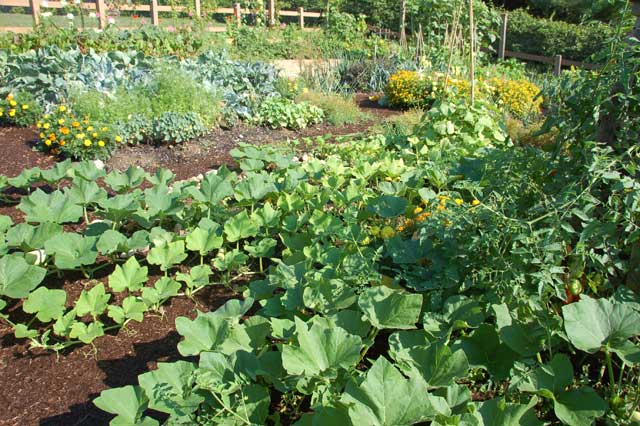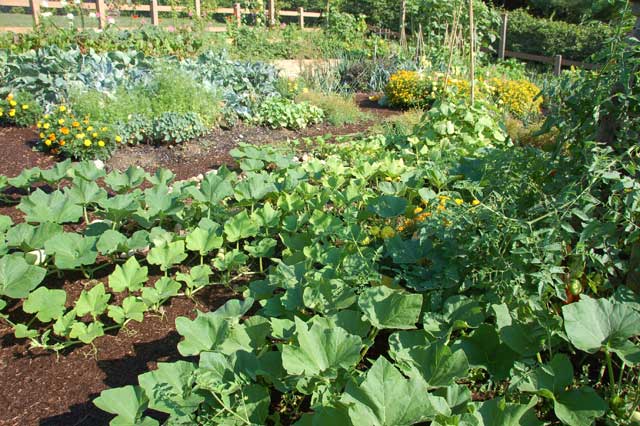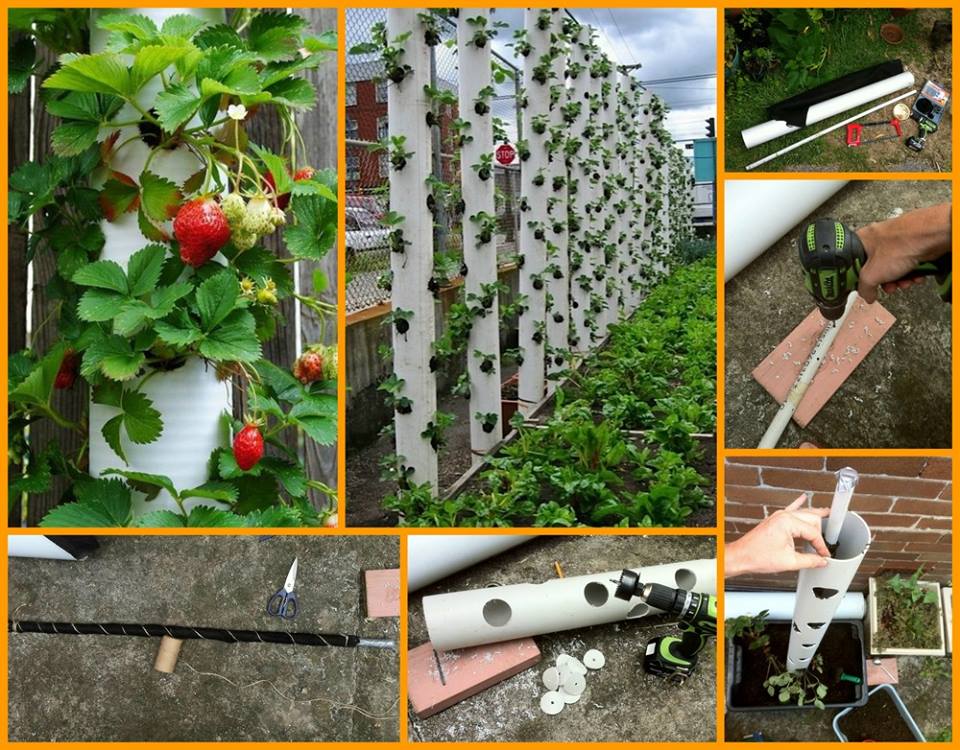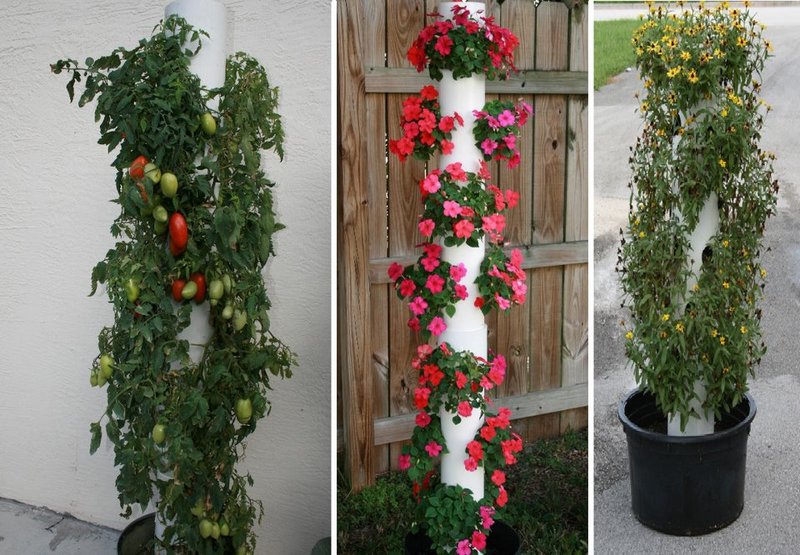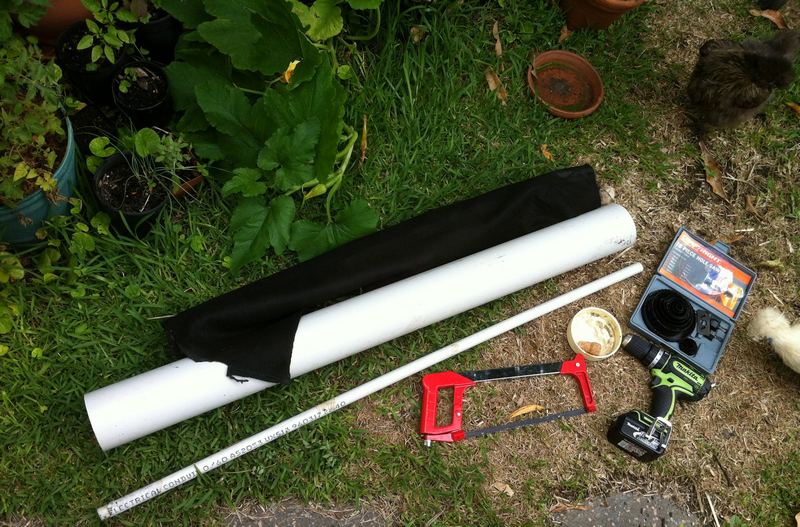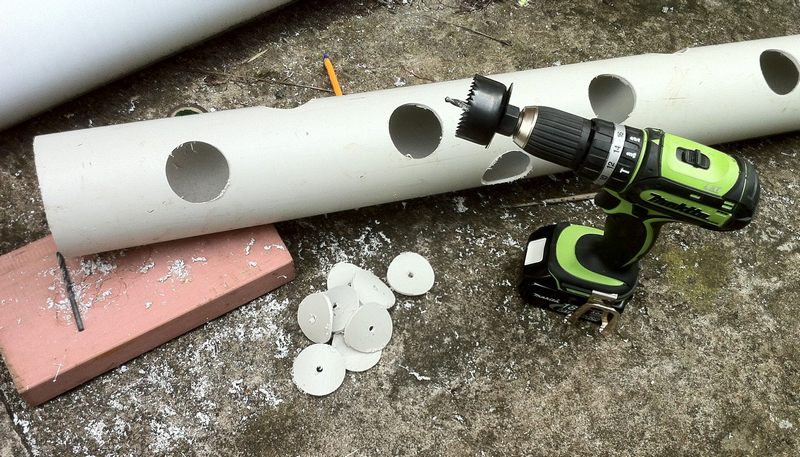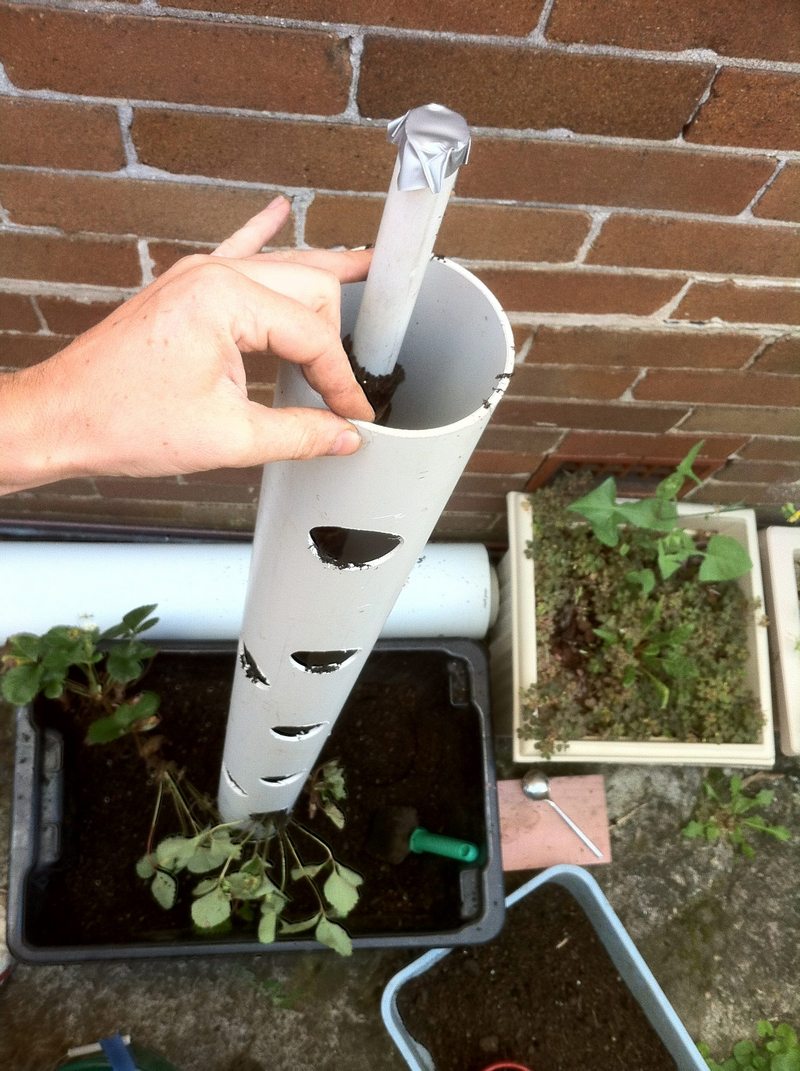Many of us have grown accustomed to making a list of foods we want, then heading to the grocery store to buy them. Others have embraced the trend of community-supported agriculture by signing up for shares or participating in community gardens. And then there are the daring folks who march out into urban environments to scope out their next meal.
People who are unfamiliar with the practice of urban foraging may view it as the work of a few unconventional individuals, but in reality, people have been foraging since the beginning of civilization. Today, the practice is enjoying a worldwide resurgence. Even the restaurant scene has gotten in on the action, as more and more chefs incorporate foraged foods into their menus to produce unique and sustainable fare.1
Foraging may also aid national efforts to reduce hunger. University of California, Berkeley, researchers are experimenting with a program that maps edible plants in low-income neighborhoods to empower local residents to find food near their homes.2 Many foragers also donate some or all of their finds to local food pantries.
The basic concept behind urban foraging is simple: search for and gather fresh food in urban spaces.3 Practitioners embrace foraging as a way to reconnect with the natural world, obtain free food, reduce their eco-footprint, diversify their diets, and learn to look at urban spaces in new ways. Not to be confused with dumpster diving, foraging focuses on obtaining fresh food straight from the source – whether from trees, bushes, edible weeds, or other plants found in parks, abandoned lots, and local neighborhoods.4
Ever felt curious about seeking out your own food in your local environment but held back because you didn’t know where to start? Consider this your cheat sheet for entering the wild world of urban foraging.
Know What’s Safe to Eat
This point really can’t be stressed enough. Not all plants are safe for human consumption, and eating the wrong plant (or the wrong part of an otherwise-safe plant) can result in illness or even death.5That’s why it’s critical to research safe plants in your area and learn how to effectively identify them and their parts. It’s particularly helpful to shadow an experienced forager the first several times you head out so you can learn from their know-how. Regardless of whether you forage solo or with a friend, never eat a plant unless you can identify it with absolute certainty.

While you research the plants native to your area, it can be helpful to familiarize yourself with their Latin names. Common names aren’t consistent across the board, and there are even instances where a plant shares a common name with a poisonous plant. Write down the Latin names of the plants you’re searching for on a particular day, and then bring along a field guide for proper identification.6
Scout Different Locations
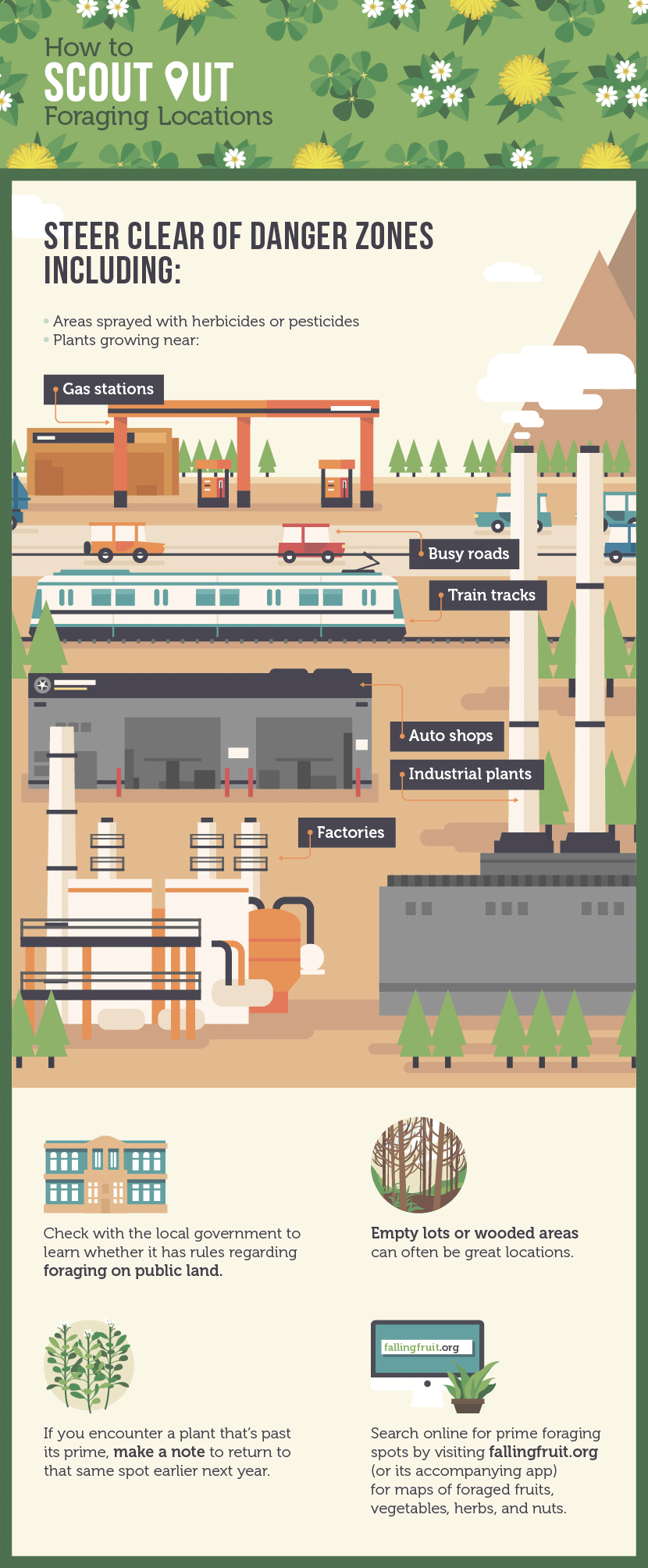
Before picking anything, do some research to figure out where foraging is and is not allowed in your area. In particular, check with local government for any rules regarding foraging on public land.7 If you have your eye on plants that reside on private property, always ask permission before foraging. (If nobody’s home, consider leaving a note with your contact information.8 ) Take note of what grows where and when; foraging is a seasonal enterprise.9 If you encounter a plant that’s past its prime, make a note to return to that same spot earlier next year.
Modern foragers can also use the Internet to identify prime foraging spots. Head to fallingfruit.org, which allows foragers from across the globe to share the locations of found fruits, vegetables, herbs, and nuts, to the tune of more than 800,000 entries from 50 countries.10 The searchable map is free to use online and the founders have also created an app for both Android and Apple.
Check out more fitness stuff here
No matter how you identify possible foraging locations, it’s important to investigate whether the area has been sprayed with herbicides or pesticides, or is located near an industrial area. Avoid plants from these areas, because they’re likely to be contaminated with chemicals that aren’t good for you. In general, try to avoid plants growing near busy roads or train tracks, or in soil that is contaminated with lead (such as at the site of a demolished house). It’s also best to steer clear of auto shops, gas stations, and factories.11 In contrast, empty lots or wooded areas can often be great sources for forage-friendly foods.12
Be Prepared
If you’re setting out to forage, it’s helpful to wear sturdy shoes and bring along some gardening gloves, a spade, a field guide to local plants, and a couple of reusable bags to transport your loot.13 Come prepared with knowledge about the best way to harvest plants so they’ll stay fresh until you get home.14
Respect Some Basic Rules
Part of reconnecting with the land includes developing an appreciation for all the ways nature sustains us – and it’s important to demonstrate that appreciation by treating the earth with respect. Keep the following rules in mind wherever and whenever you forage.
- If you come across a small patch of a plant species, don’t pick all of the plants. Instead, leave several behind so the species can continue to grow in that location.15
- Do not to take more than you can use: One of the goals of foraging is to eliminate, not contribute to, food waste.16 On a similar note, don’t harvest the whole plant if you’re only going to use a specific part, such as the leaves.
- No matter what, don’t harvest or dig up the roots of a threatened species.17 Feel free to remove invasive species from an area, as they’re not doing the local ecosystem any good.
Use Common Sense When it Comes to Food Safety
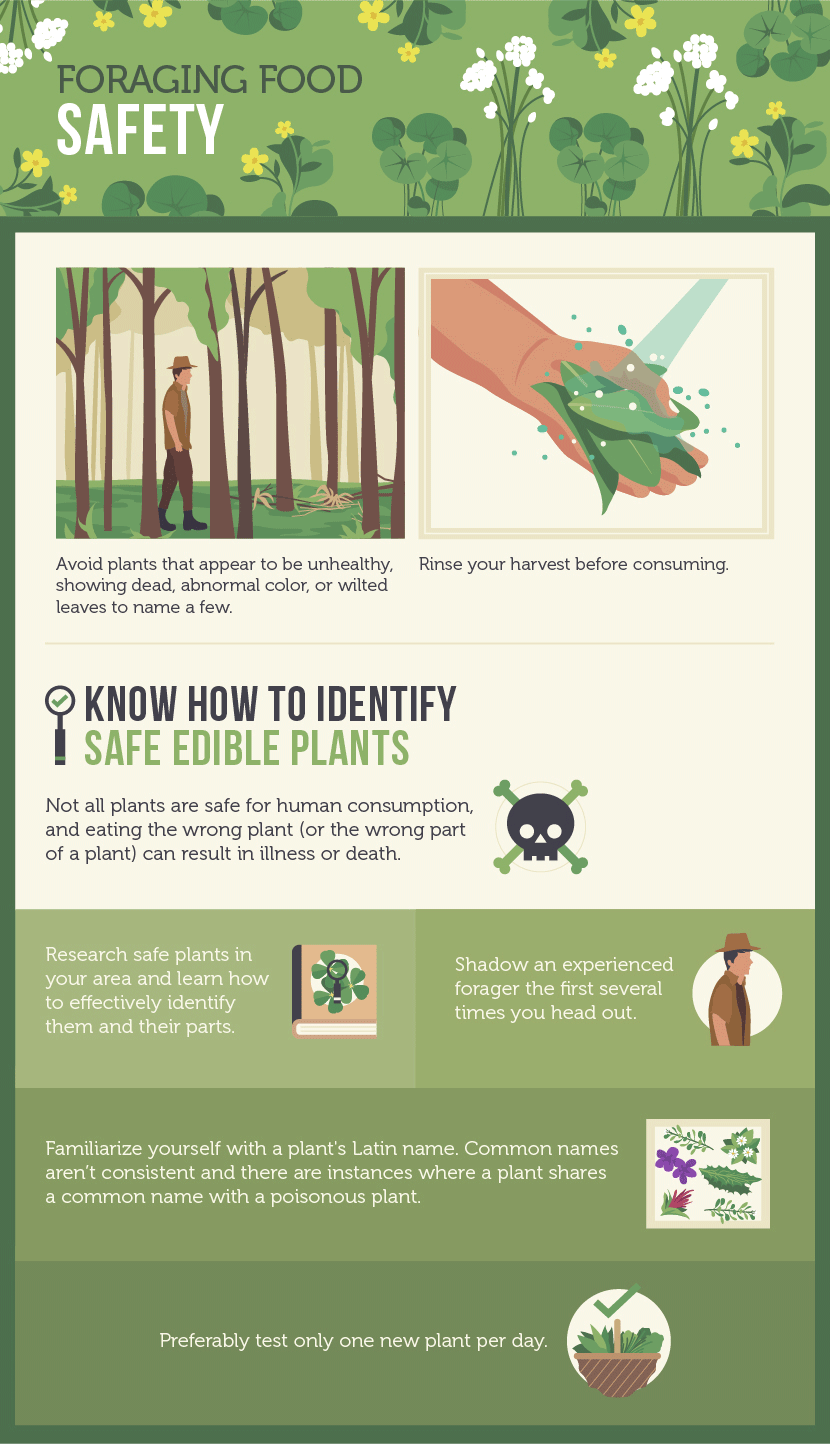
If you’re wondering about the safety of foraged foods from urban areas, take solace in this: One study conducted in Boston found that foraged foods were no more dangerous to eat than conventional produce. And in some cases, they actually contained more micronutrients.18
Of course, this is just one study from one city. But common sense can help protect you from major food safety hazards. Know how to identify safe plants, scout locations according to the guidelines above, avoid plants that appear to be unhealthy, and thoroughly rinse your harvest before consuming. By practicing these basic tenets and trusting your gut, you’ll maximize your chances of foraging in a healthy way.19
Even as you digest all the serious pointers outlined above, keep in mind that foraging is ultimately meant to be exciting and fun. (Consider it the adult version of a scavenger hunt.) So get out there with your field guide and marvel at all the food nature provides – even in the concrete jungle.

Source: Fix.com Blog
Sources:
- http://experience.usatoday.com/food-and-wine/story/news-festivals-events/food/2014/01/27/foraging-chefs-dishes-trend/4817825/
- http://grist.org/food/can-urban-foraging-actually-feed-poor-people/
- https://canberraurbanforaging.wordpress.com/about/
- http://www.urbanfarmonline.com/sustainable-living/eat-local/5-rules-for-urban-food-foraging.aspx
- http://www.urbanfarmonline.com/sustainable-living/eat-local/5-rules-for-urban-food-foraging.aspx
- http://www.huffingtonpost.com/2013/06/02/foraging-tips-dos-and-donts_n_3367633.html
- http://www.urbanfarmonline.com/sustainable-living/eat-local/foraging-tips.aspx
- http://www.urbanfarmonline.com/sustainable-living/eat-local/5-rules-for-urban-food-foraging.aspx
- http://kwgn.com/2015/09/17/foraging-app-created-by-boulder-men-helps-you-find-all-the-free-food-around-you-2/
- http://www.shareable.net/blog/how-to-be-an-urban-fruit-forager
- http://www.chicagomag.com/Chicago-Magazine/August-2011/Urban-Foraging-Tips-How-to-Find-Your-Dinner-in-Chicagos-Wild/
- http://www.npr.org/2011/04/18/135412640/foraging-the-weeds-for-wild-healthy-greens
- http://www.chicagomag.com/Chicago-Magazine/August-2011/Urban-Foraging-Tips-How-to-Find-Your-Dinner-in-Chicagos-Wild/
- http://www.urbanfarmonline.com/sustainable-living/eat-local/foraging-tips.aspx
- http://netnebraska.org/article/news/nettles-milkweed-and-dandelion-its-whats-dinner-some-urban-nebraskans
- http://www.huffingtonpost.com/2013/06/02/foraging-tips-dos-and-donts_n_3367633.html
- http://www.urbanfarmonline.com/sustainable-living/eat-local/5-rules-for-urban-food-foraging.aspx
- http://www.mnn.com/food/healthy-eating/blogs/urban-foraged-food-found-safe-eat-boston
- http://www.npr.org/2011/04/18/135412640/foraging-the-weeds-for-wild-healthy-greens

